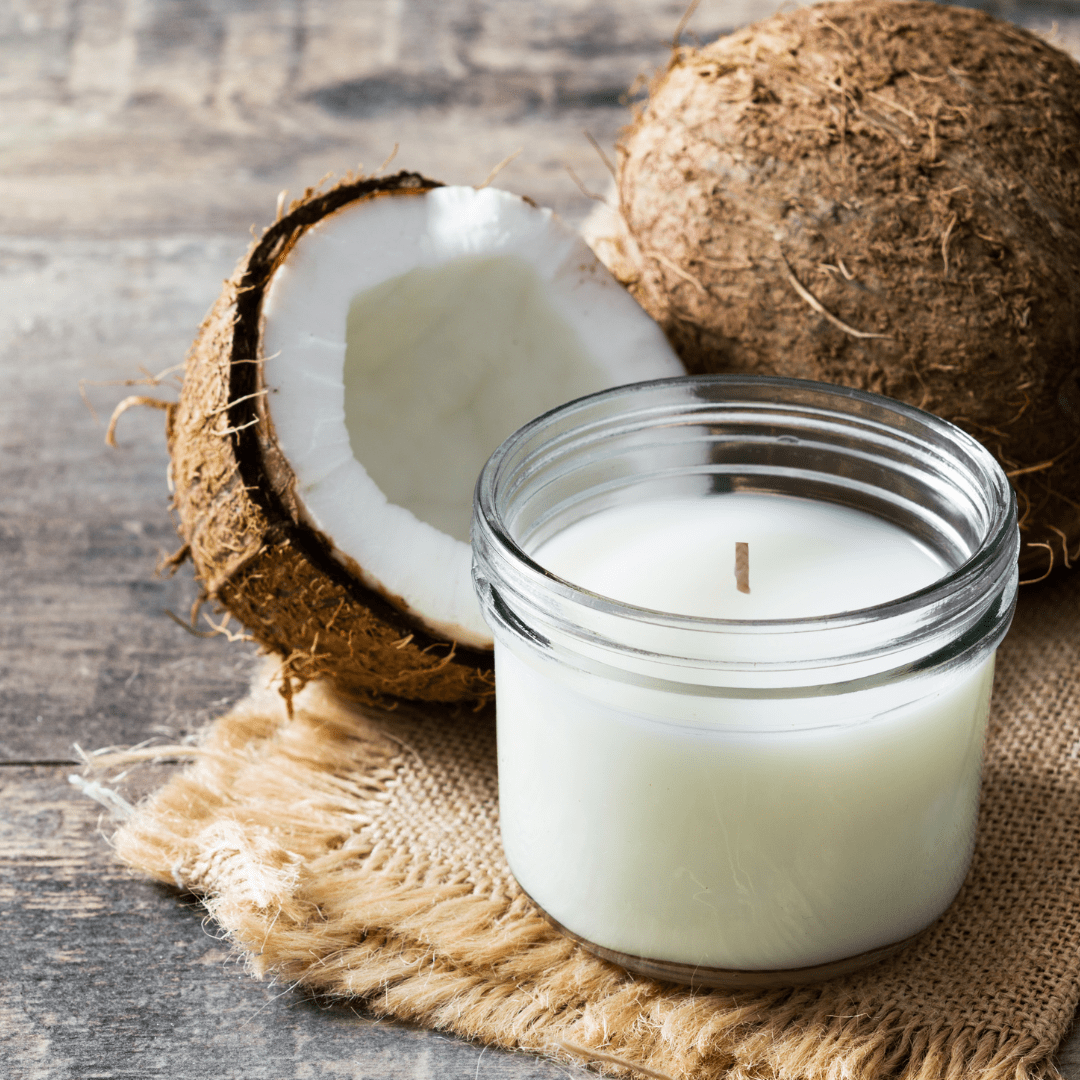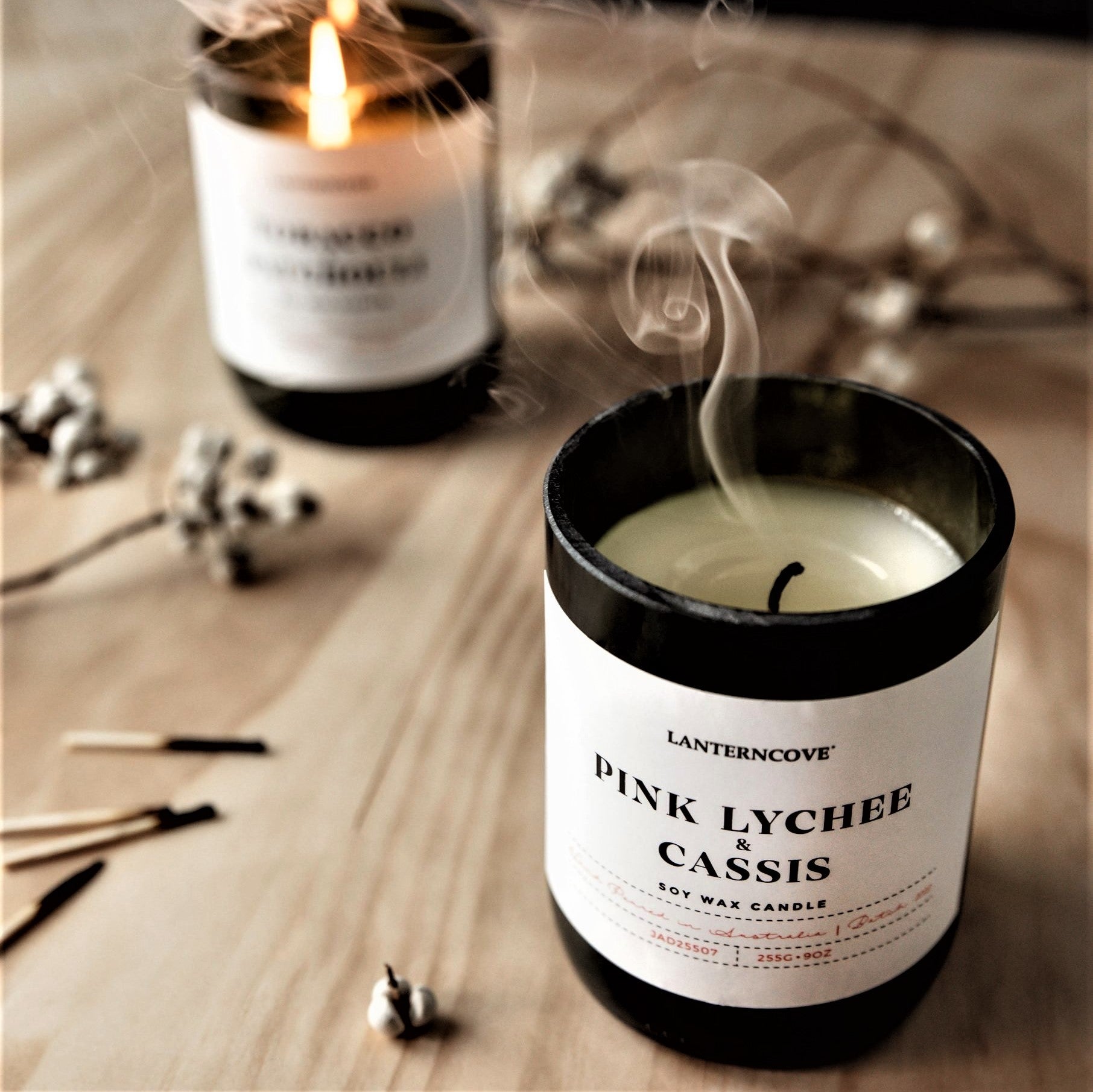Shop Sustainable Soy Wax Candles and Home Fragrance Collections
From Wick to Wax: Comprehending the Chemistry Behind Soy Wax Candles and Their Ecological Influence
As we brighten our rooms with the warm radiance of candle lights, there exists a realm of complex chemistry behind the apparently easy act of lighting a soy wax candle light. Join us as we decipher the scientific details behind soy wax candles and explore their effects on our environment.
Soy Wax Vs. Paraffin Wax
When comparing soy wax and paraffin wax for candle light production, it is important to recognize the distinct qualities and advantages of each material. Soy wax is a natural, eco-friendly source originated from soybean oil, making it biodegradable and green - soy wax candles. In comparison, paraffin wax is a by-product of oil refining, which elevates problems about its environmental impact and sustainability
Soy wax candles shed cleaner and discharge less soot compared to paraffin wax candles, making them a healthier choice for indoor air high quality. Furthermore, soy wax has a lower melting factor, permitting a longer-lasting candle that spreads scent a lot more successfully. Paraffin wax, on the various other hand, has a tendency to shed faster and much less easily, possibly launching unsafe chemicals right into the air.
From a sustainability point of view, soy wax is favored for its biodegradability and renewable sourcing, aligning with the expanding consumer preference for eco mindful products. While paraffin wax has been a typical option in candle making due to its price and simplicity of usage, the change towards environmentally friendly options like soy wax is getting momentum in the sector.
Chemical Structure of Soy Wax

Burning Refine in Soy Candles
The chemical composition of soy wax directly influences the combustion process in soy candles, influencing variables such as shed time, aroma release, and ecological effect. When a soy candle is lit, the heat from the fire melts the wax near the wick.
The burning efficiency of soy candle lights is influenced by the pureness of the soy wax and the high quality of the wick. In addition, soy wax candles have a reduced ecological impact compared to paraffin candles due to their naturally degradable and renewable nature.

Ecological Advantages of Soy Wax

Taken into consideration a sustainable alternative to typical paraffin wax, soy wax uses remarkable ecological benefits that make it a prominent choice among eco-conscious consumers. One significant benefit of soy wax is its renewable sourcing. Soy wax is derived from soybean oil, which is primarily cultivated in the USA. The growing of soybeans aids support regional farmers and minimizes the reliance on non-renewable fossil fuels made use of in paraffin wax manufacturing. Additionally, soy wax is eco-friendly, indicating it damages down normally without releasing dangerous toxins into the setting. This particular makes soy wax candles a much more ecologically pleasant alternative compared to paraffin wax candles, which are made from petroleum, a non-renewable resource. Additionally, soy wax burns cleaner and generates less soot than paraffin wax, adding to far better interior air high quality and reducing the need for cleaning and maintenance. On the whole, the ecological advantages of soy wax align with the growing need for environment-friendly and lasting items out there.
Recycling and Disposal Factors To Consider
Recycling and correct disposal of soy wax candle lights play a crucial soy wax candles duty in preserving environmental sustainability and minimizing waste in houses and areas. When it comes learn this here now to reusing soy wax candles, the first step is to make sure that the candle light has melted totally.

In regards to disposal, if recycling is not a choice, soy wax candle lights are naturally degradable and can be safely taken care of in a lot of household waste systems. Nonetheless, it is always advised to consult neighborhood recycling centers or waste management services for certain guidelines on candle light disposal to ensure correct handling and environmental security.
Verdict
In verdict, the chemistry behind soy wax candles reveals their environmental benefits over paraffin wax candles. Soy wax, acquired from soybean oil, burns cleaner and produces much less residue when contrasted to paraffin wax.
When contrasting soy wax and paraffin wax for candle production, it is important to understand the distinctive characteristics and benefits of each material (soy candles).Soy wax candle lights shed cleaner and emit much less soot compared to paraffin wax candles, making them a much healthier selection for indoor air high quality.Thought about a sustainable alternative to typical paraffin wax, soy wax supplies remarkable ecological benefits that make it a popular choice among eco-conscious consumers. Soy wax burns cleaner and generates much less residue than paraffin wax, adding to much better indoor air top quality and minimizing the need for cleaning and upkeep.In verdict, the chemistry behind soy wax candle lights exposes their environmental advantages over paraffin wax candle lights